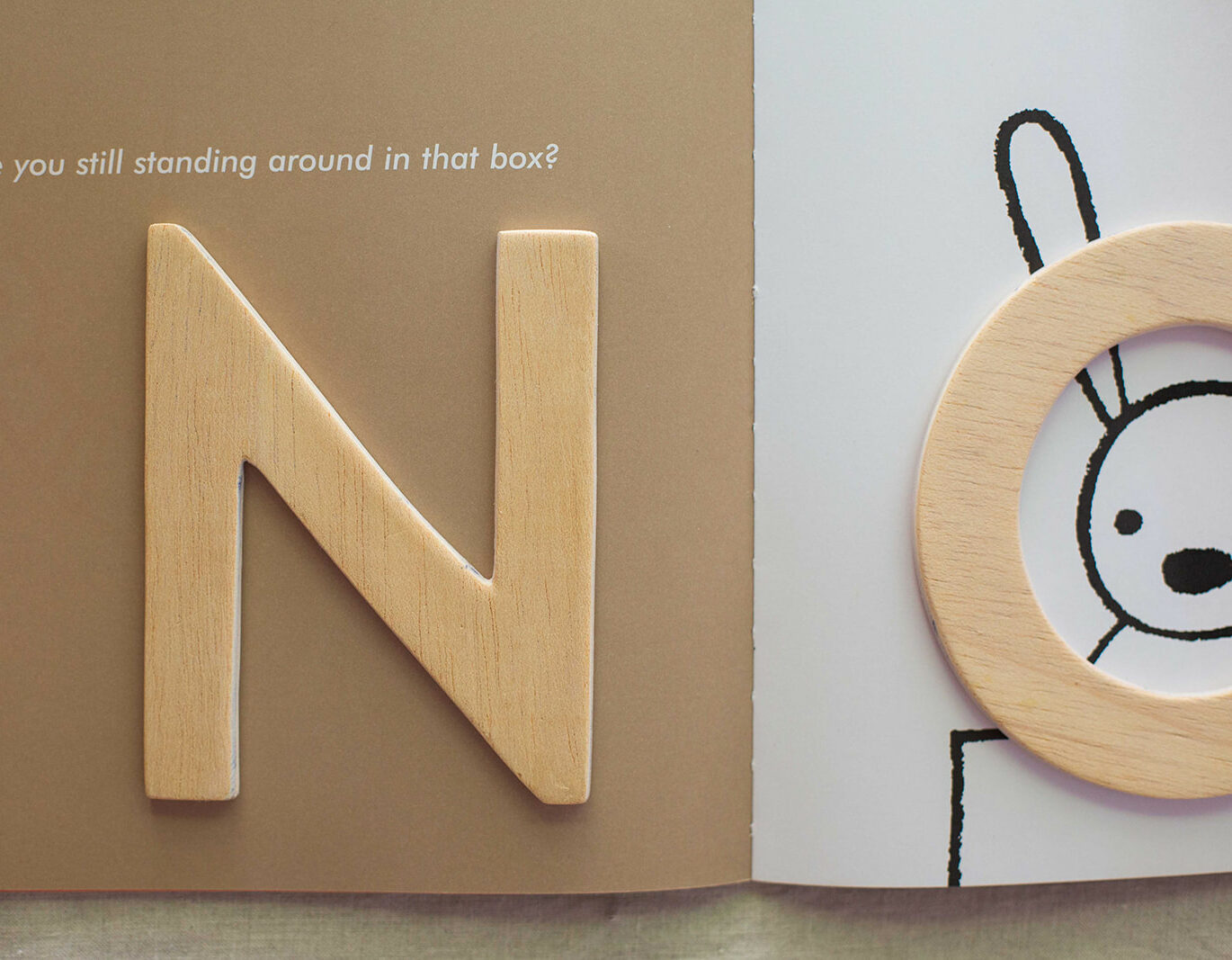This pilot project took place in a small kindergarten based under Buda Hills in 2023.
When management and teaching staff comes together and work collaboratively, it results in building a calming and orderly physical environment that can enhance kindergarten teaching experience, and therefore children’s well-being and learning.
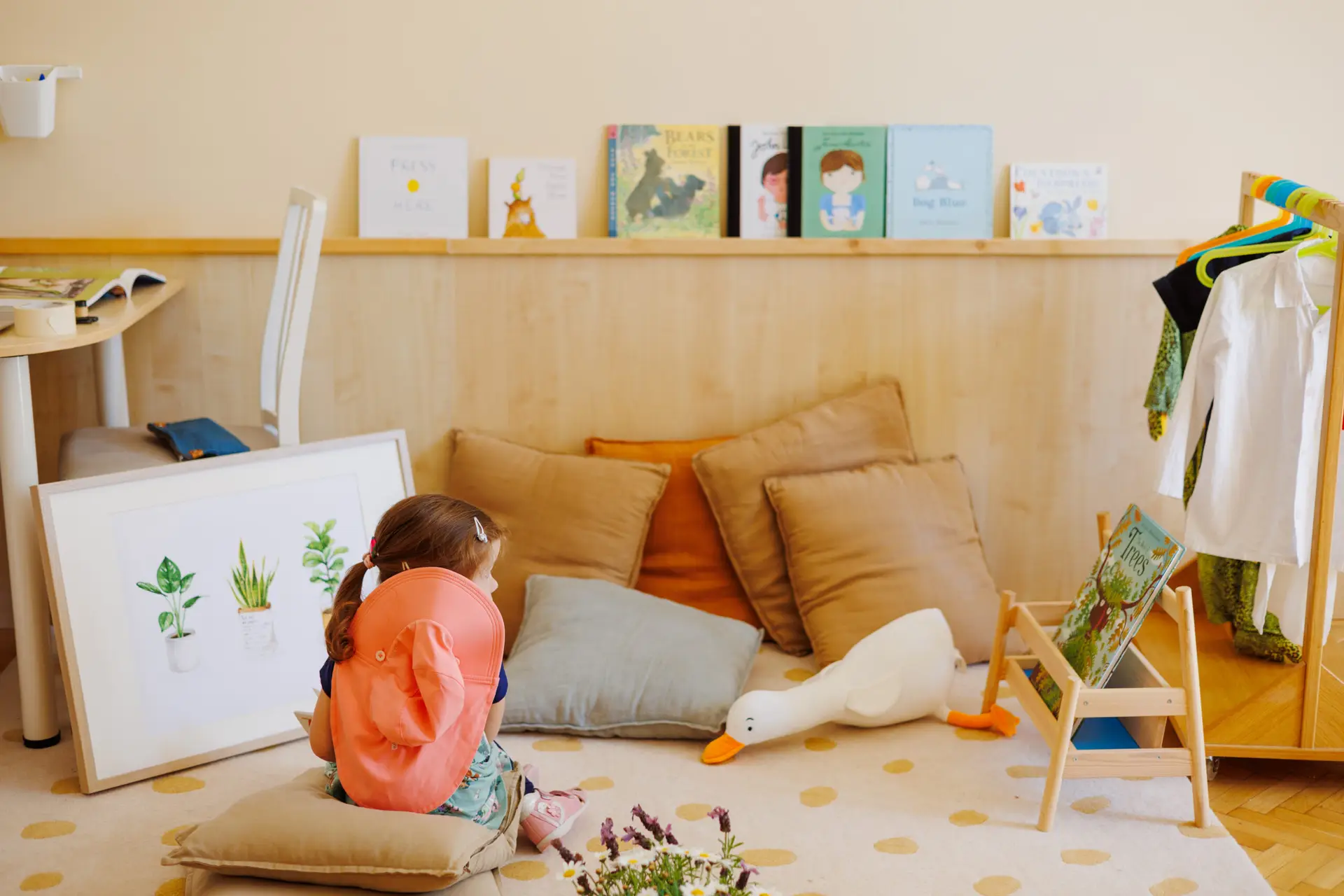
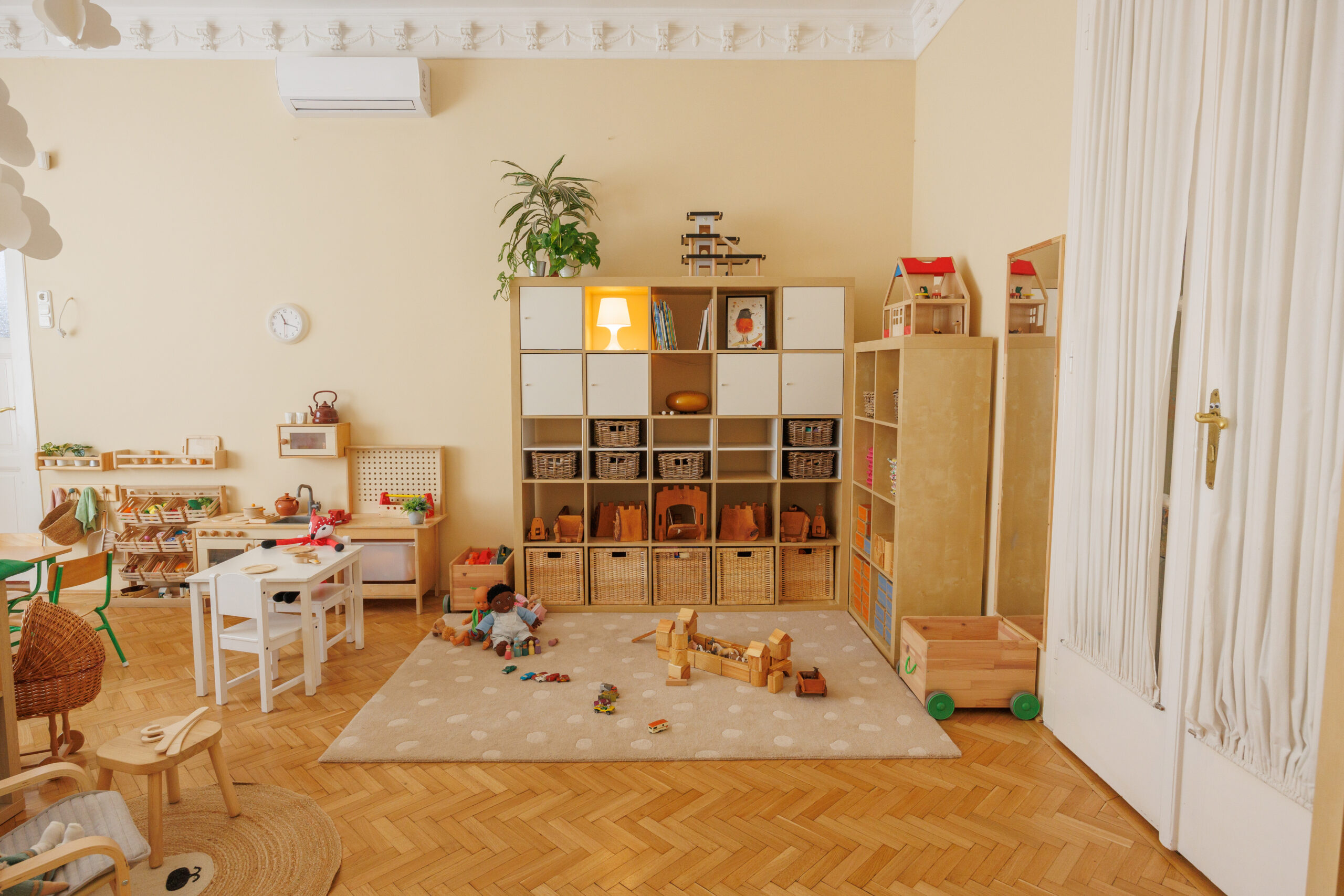
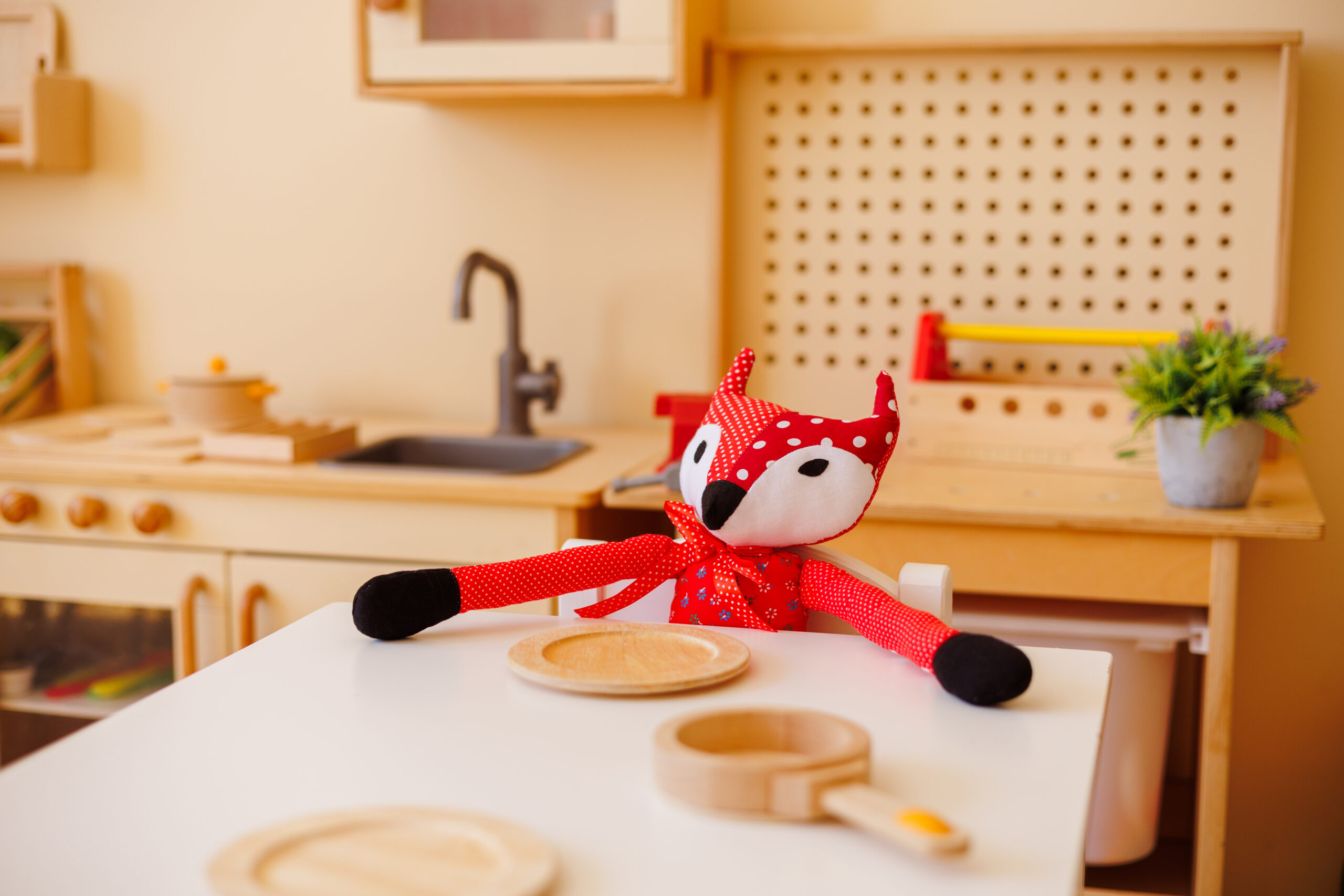
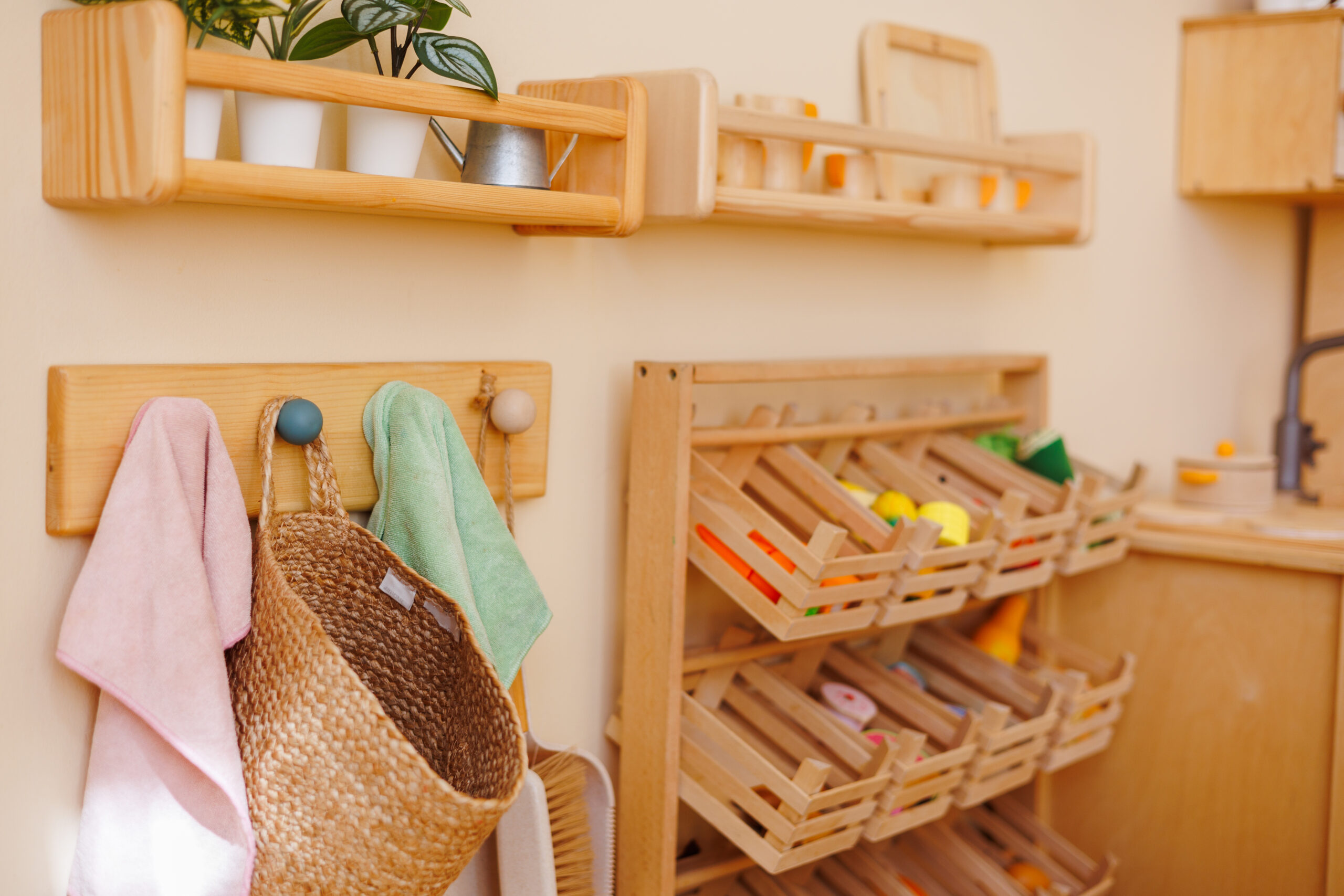
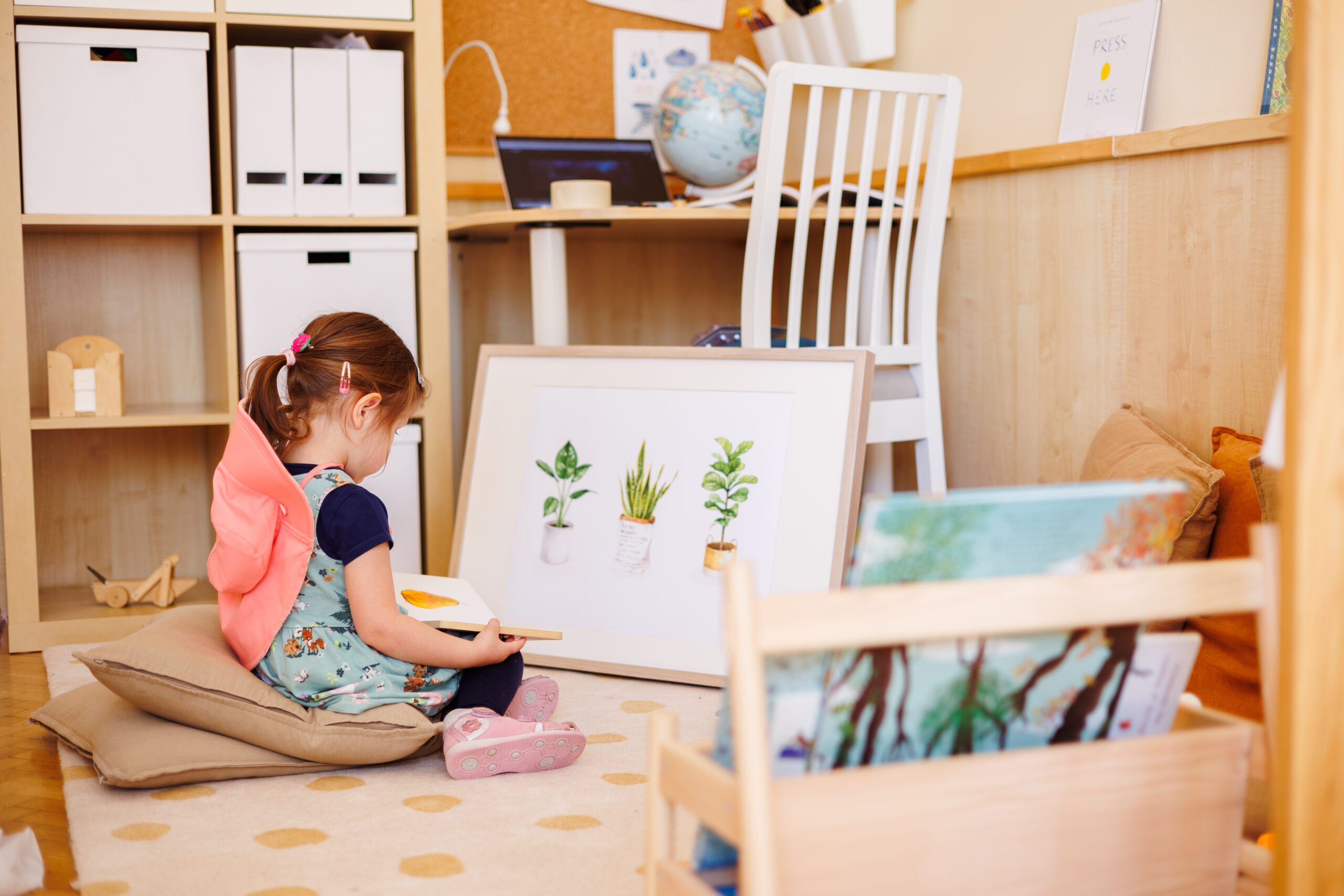
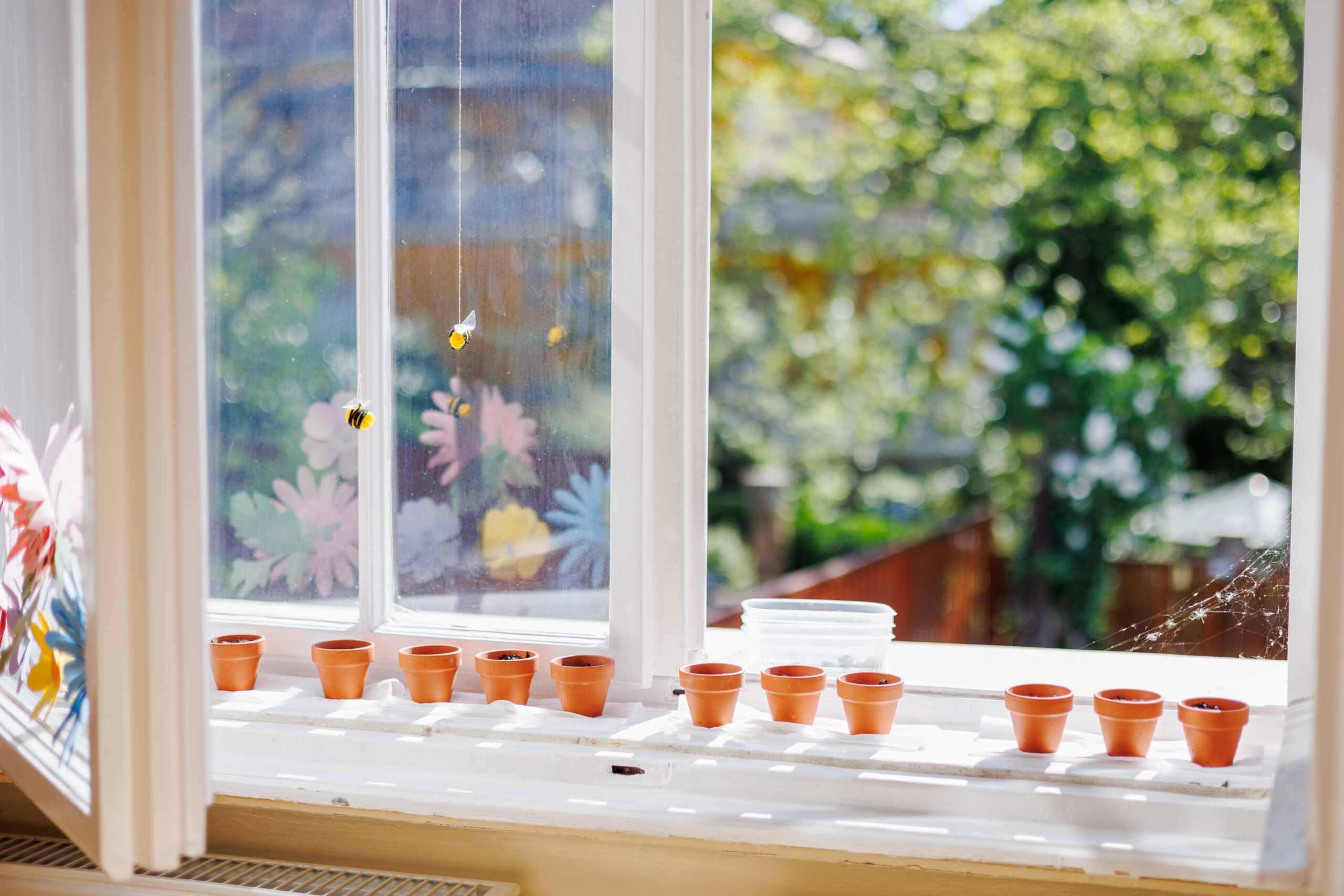
Imagine you could move your kindergarten classroom furniture around like a piece of paper.
If only there was such a thing as a Paper Doll Kit with furniture instead of clothes we played with when we were kids.
Wait! There is one, now!
Get your own custom made Kindergarten Room Paper Toolkit and start exploring different rearrangements of your classroom until you get it right!


Planning your new kindergarten classroom? Wish to avoid oversights in arranging the new layout? Want to ensure you get the maximum out of the space you have?
Before you start rearranging your kindergarten classroom, find all the essential information and consideration in one convenient place: The Ultimate Guide to Arranging Kindergarten Classroom.
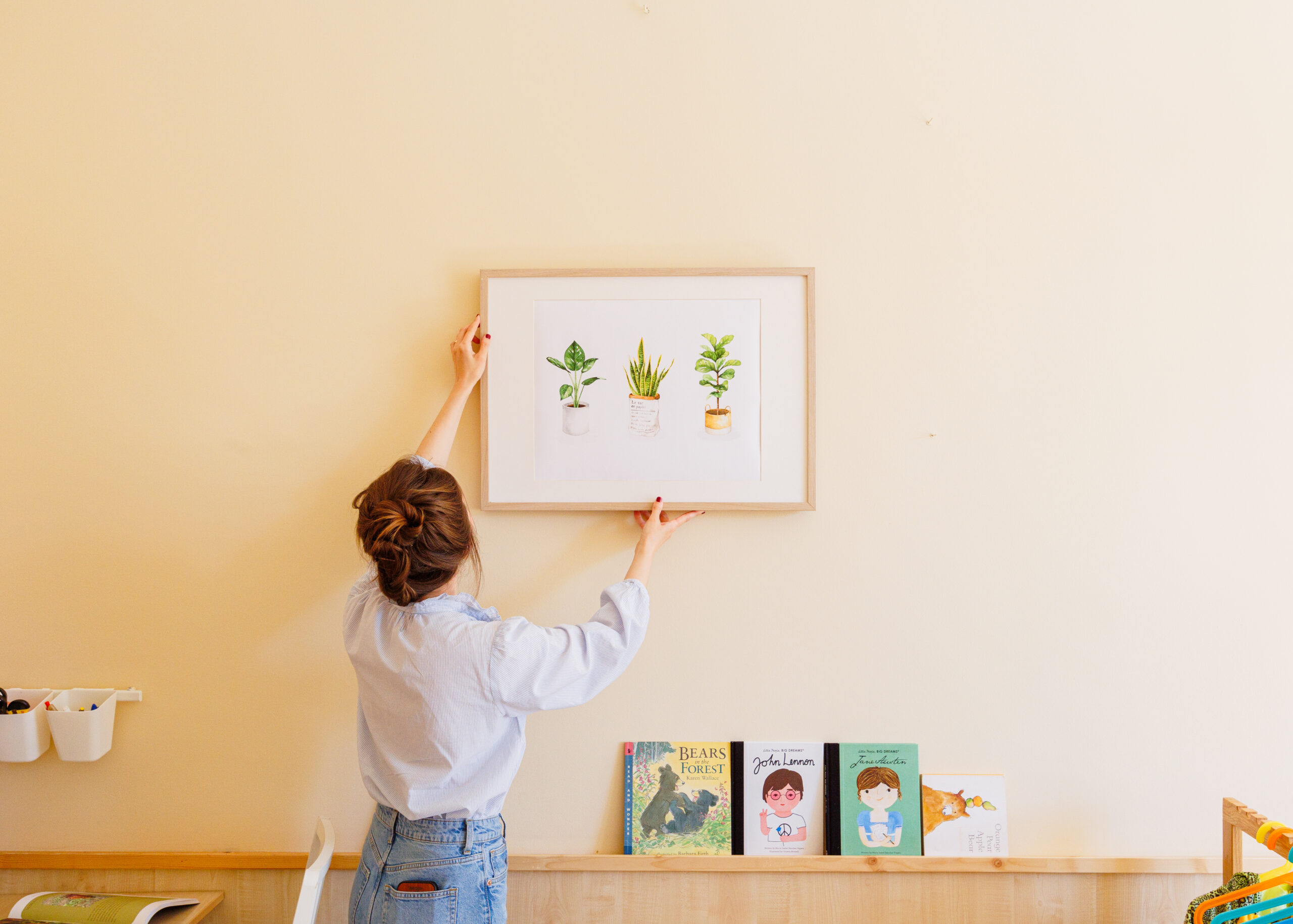
The Kindergarten Cup Holder holds a special place in my heart. Designed to solve the problem of plastic cup overuse for one of my earliest and dearest kindergarten classrooms.
The children will show you what they need, with how they do things and what they choose to play with. To observe is the key.
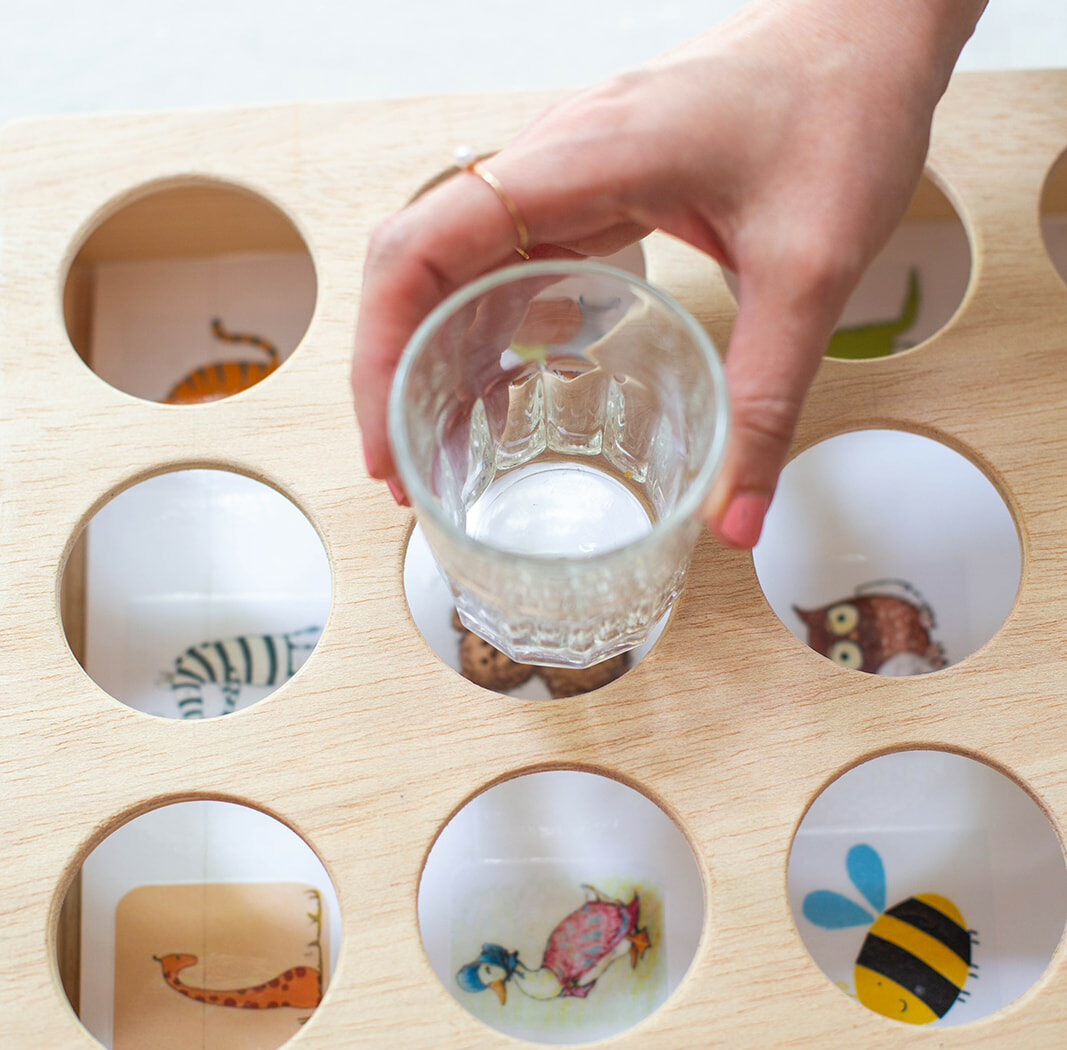
Rather plain, of simple design, downsized play item turned out to be a valuable classroom resource.
Wooden hangers became integral and much used toy by children in my classroom right from the start.
Without attempting to teach children how to tidy up, sort out or hang their own clothes, in a relatively short period, was what I experienced in a classroom of three-year-olds after bringing this toy in.
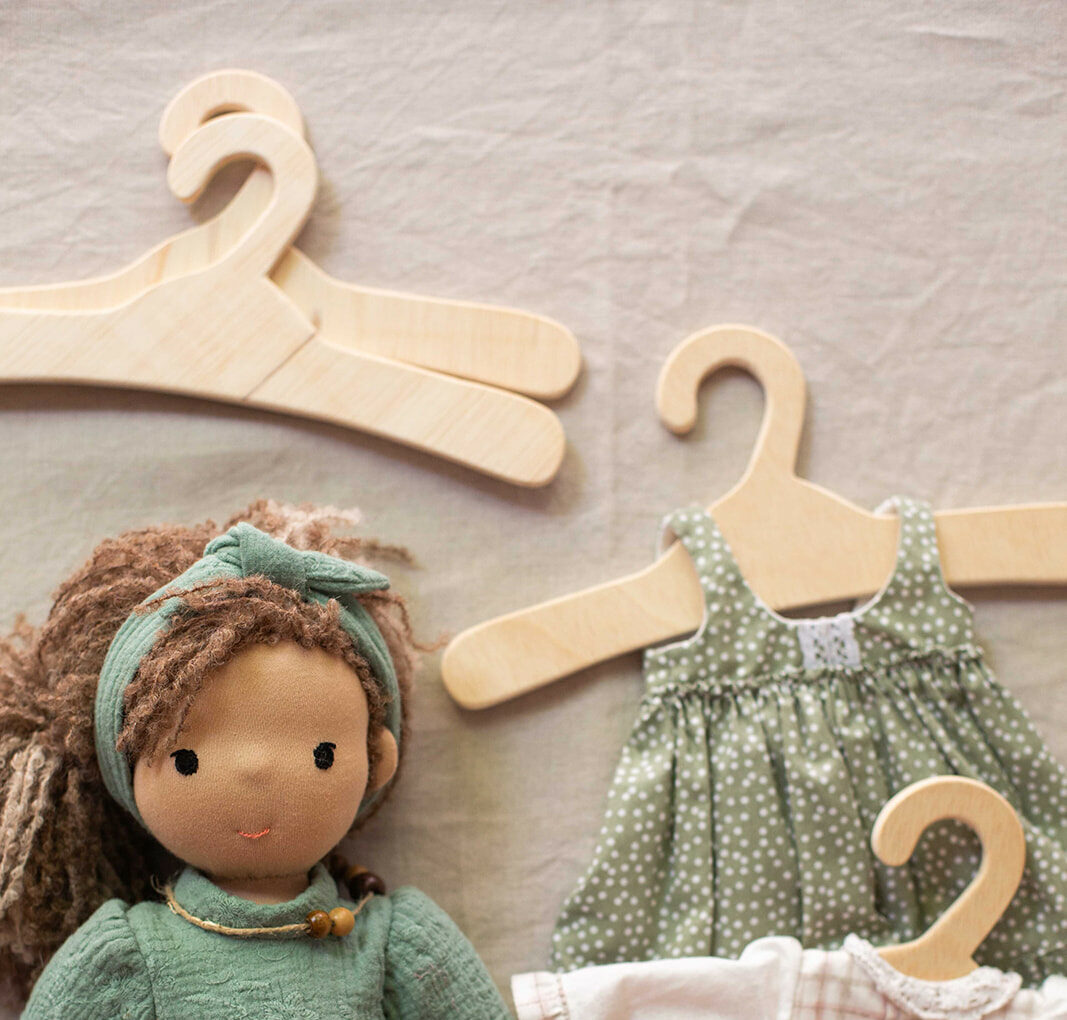
While it is hard to explain why this kindergarten tool is one of my favorite, what it does is easy to explain. The Wooden Pool contains any loose materials on the table.
Some could argue that there is an aspect of learning to be taken away when we prevent an object from rolling off and falling. Such as understanding the principles of physics or having to clean and pick up after yourself. But, one has to admit that a certain amount of satisfaction and decrease in frustration when being able to contain objects from escaping us can be beneficial.
The Wooden Letters were designed for a class of children between the age of 1,5 and 2,5 years old under an assumption that holding letters in their hands might make letters less abstract.
Seeing and feeling-up the shape of letters, hearing the matching sound from an adult, having children experience letters more, thus helping them with reading and writing at the later learning stage was the idea behind placing letters in a setting with very young children.
